Introduction to the History of Matcha
Many may know what matcha is, but few know how the beverage came to be. Also shrouded in mystery are the individuals who came to define the traditions and ceremonies surrounding the beverage. Here we offer a succinct history of matcha in Japan!
Matcha’s Roots in China
There is one thing that is common knowledge: that tea growth and culture has its roots in China. The same is also true for powdered green tea, but it could be argued that the artistry was perfected in Japan. During China's Song dynasty, tea leaves were processed, steamed, pressed into bricks and cakes. After that, the pressings were shaved off and introduced to a stone grinder (ishi usu). The fine powder was then whisked until the liquor frothed.
The Arrival of Green Tea in Japan
The first evidence of green tea making it to Japanese shores showed up during the Heian period (8-9th century). In 804, the first two men credited with bringing tea seeds to Japan were the Buddhist monks Kukai and Saicho. Saicho planted the first tea seeds in 805, and a later account mentions that—in A.D. 815— a Buddhist monk known as Eichu served green tea for the then-Emperor of all of Japan, Saga. Unique to the time, Eichu prepared unpressed and unpowdered green leaves, and displayed the rough presentation for the Emperor. It was unlike the sencha-style green tea of today, since the process for creating that tea was still eight hundred years away. In the meantime, monks began growing and tending tea plants around temple grounds.
Eisai and the Birth of Japanese Matcha
Powdered green tea caught the eye of a man named Eisai toward the end of the 12th century AD. He had made two trips to China due to his dissatisfaction with the state of Buddhism in Japan. On his first trip, he studied the principles of Chan (later transliterated into Japanese as “Zen”), and he later became a certified practitioner. However, it was his second leg that proved to be the more fruitful, as far as tea is concerned. Along with some Zen scriptures, he also brought with him tea seeds and the process of replicating powdered green tea. Eisai first planted tea seeds in Kyushu in 1191.

(image courtesy of Mizuba; Wikipedia)
Eisai would later go on to write the principle tome on Japanese green tea, Kissa yōjōki (“Drinking Tea for Your Health”). Eisai was a firm believer in the health properties and possible religious applications of powdered green tea – viewpoints he would later put to use in the first attempts at a Japanese tea ceremony.
The Evolution of the Japanese Tea Ceremony
By the 13th century, during the Kamakura Shogunate, the use of matcha shifted from a strictly religious practice to one synonymous with warrior class traditions and symbols of luxury. This continued into the 16th century, where cha-no-yu (which quite literally means "hot water for tea" but is referred to instead as "the rite of tea" and tea ceremony 茶乃湯) came to be regarded as a status symbol and presented as an upper-class cultural value.
Eisai went on to give tea seeds to another monk, Myōe, who planted the seeds at the temple Kozan-ji in Toganoo (outside of Kyoto). Tea made from leaves originating from Kyoto became highly prized. In fact, Uji producers were the first to invent honzu, or tana, or shade device that created a roof of straw over the tea bushes to modify the amount of sunlight reaching the tea plants. The method allowed the farmers to cultivate the revered flavor profile that is Uji tea. So much so, in fact, that it was a decree from the Shogun Ashikaga Yoshimitsu that only the region of Uji could employ the shade-growing, straw-covering method and craft "honcha" or "true tea." Gambling games involving tea, called tōcha, where participants had to guess which tea was honcha versus tea not grown in Toganoo, also became immensely popular. However, that isn't to say that the principles of Zen were completely lost.
It was between the 1300s and 1500s when Japanese tea culture—and by proxy, the Japanese tea ceremony—became what we know it is today. Following the Muromachi Shogunate, matcha was seen as a more spiritual pursuit, one that went hand-in-hand with the pursuit of simplicity over extravagance. Which brings us to the most profound influence on the practice of Chanoyu . . .

Sen-no-Rikyu and the Way of Tea (Wabi-cha)
The fundamentals of what we consider the Japanese tea ceremony today can be credited to a monk named Murata Junko, but it was one of his students who fully defined the concept of wabi-cha (the Japanese “Way of Tea” - also known as "chado" or "sado"(茶道)). That student was Sen-No-Rikyu.
Rikyu was so revered for his philosophy and preparation of tea, he became the personal tea master for Toyotomi Hideyoshi, the pre-eminent daimyo of the Sengoku period. Such a status was a bit ironic given his practice for austerity and simplicity when it came to tea. Alas, he met a tragic end in the spring of 1591. Although the reasons are uncertain, it is written that he offended Hideyoshi, and the only way to keep his honor was to commit seppuku (ritual suicide). An account of this was recorded in Okakura Kakuzō's The Book of Tea, his final act was to throw an elaborate tea party with his closest friends. He, then, shattered his cup and took a knife to his body.
Matcha Today: A Living Tradition
Yet his legacy, and that of the other practitioners before him, still live on. Both in the ceremony, and the ceremonial grade matcha that they helped perfect. It is a tradition that stresses remembering history while embracing the present, and not worrying about the future. After all, it is about the journey, not the end.
Ready to try your first #matchamoment? We recommend the Daily to start!


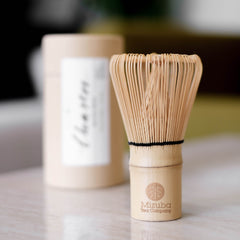
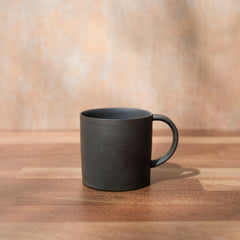
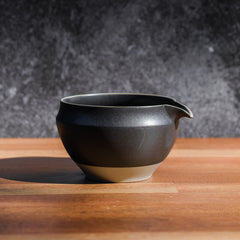
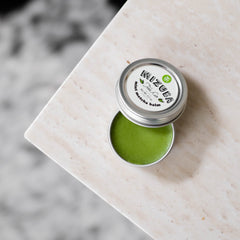
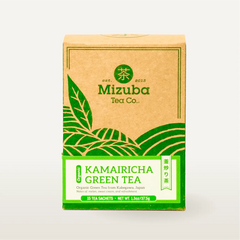
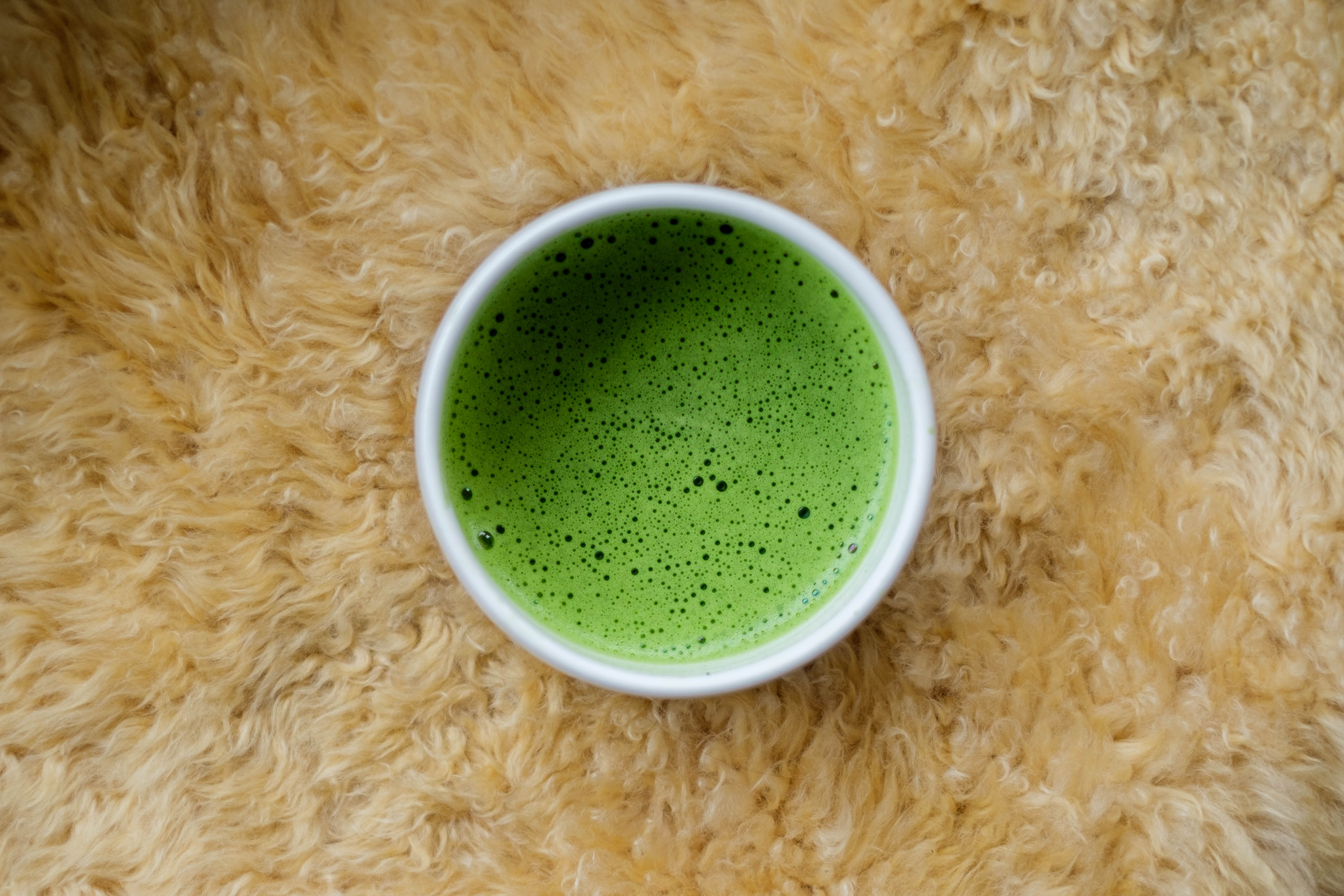



Leave a comment